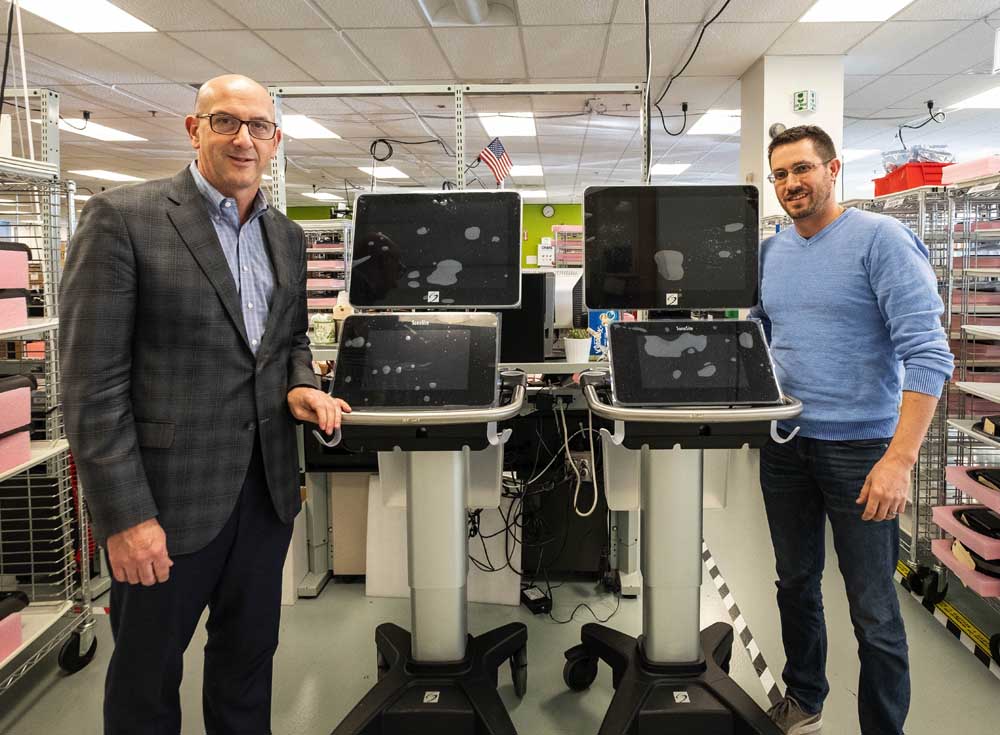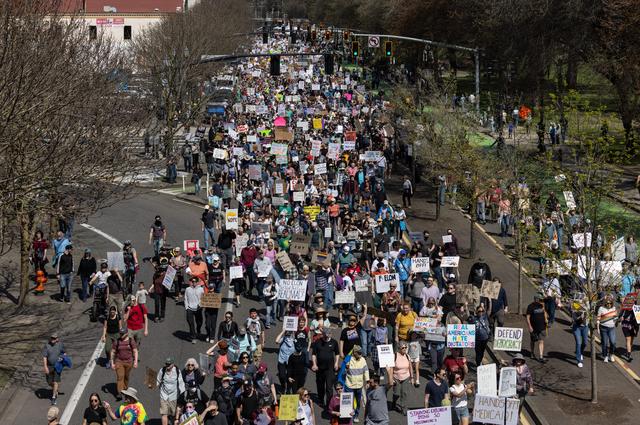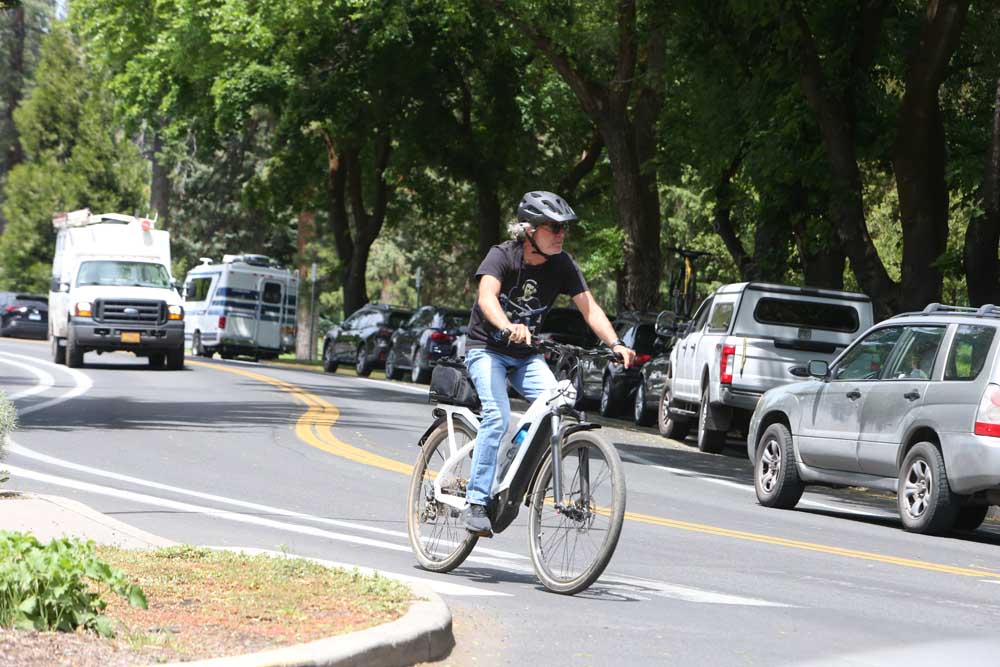Seattle’s other tech sector — life sciences
Published 12:00 am Sunday, February 3, 2019

- SonoSite's director of manufacturing, Tom Davidson, at right, with chief operating officer Rich Fabian. (Dean Rutz/Seattle Times/TNS)
BOTHELL, Wash. — In a quiet business park far from Seattle’s booming South Lake Union, players in the Northwest’s “other” tech sector are coping with growing pains of their own.
At FujiFilm-SonoSite, a manufacturer of portable ultrasound devices, demand is growing so rapidly that it recently decided to add a 10-person weekend shift to its assembly line. Yet that modest objective proved surprisingly challenging — in large part because SonoSite isn’t the only one looking to expand, as underscored by a new report from state trade group Life Science Washington.
In Bothell, there are now 61 life-science companies with another 106 in Woodinville, Kirkland and Redmond, and many of them are also trying to quickly scale up.
Even after SonoSite raised starting wages by as much as 15 percent, stepped up referral bonuses, and sent executives to recruit on local community colleges, so many of the company’s new hires were being poached by other employers that it took nearly a year of heavy overtime and backlogged orders before the company “had a stable workforce,” said Tom Davidson, director of manufacturing.
When Davidson sees rival company executives at local conferences these days, conversation is still some variation on “‘I’m taking your guys, you’re taking my guys.’”
SonoSite’s recruiting drama reflects the changing, paradoxical fortunes of the region’s entire life-sciences sector — a sprawling community made up of more than 1,000 medical-device makers, biotech firms, pharmaceutical companies, research organizations and others, and directly employing nearly 36,000 workers.
Five years ago, the sector was in the doldrums.
Hammered first by the recession and then by the uncertain economics of Obamacare, many firms struggled to attract new customers or investors, say those in the industry.
A sector that had once been billed as an equal in promise to the region’s tech sector, thanks to its “synergies” between local tech expertise and world-class medical-research institutes, was stagnating.
That dire outlook peaked in July 2014, when Amgen, then the region’s largest commercial biotech employer, said it would shutter its Seattle and Bothell facilities, eliminating 660 jobs and ending the legacy of Immunex, the biotech pioneer Amgen had acquired in 2002.
Today, it’s a different story. According to a Life Science Washington report, the local sector is booming, thanks to a roaring global economy and a health-care industry desperate for cost-saving innovation.
The sector is adding life-science firms at the rate of around 80 a year, according to a survey by consultancy JLL. Hiring picked up. Capital and research grants are flowing in.
In 2017, the Seattle area took in $577 million in venture capital and another $979 million in federal funding from the National Institutes of Health, according to JLL.
The stakes are large. The average life-science employee in Washington made $93,146 in 2017, according to Life Science Washington. According to the trade group, half the state’s life-science workforce is female.
The life-science sector here is a distant seventh behind national leader Boston, according to JLL’s survey. Other regions ahead of Seattle: the San Francisco area, San Diego, Raleigh-Durham, Philadelphia and the Washington, D.C., area.
Boston’s life-science sector boasts more than three times as many workers as Seattle does, and twice the number of companies. That critical mass of employees and employers makes it easier for Boston life-science firms to hire locally and recruit nationally and globally.
By contrast, in Seattle, outside candidates worry “that if this company fails, I may be relocating back to where I came from,” said Brad Gray, CEO of NanoString Technologies, maker of cancer-research tools.
Boston’s life-science firms pulled in seven times as much venture capital as did their Seattle counterparts, and much of that cash came from local venture-capital firms. In the Seattle area, even as hot companies like Juno Therapeutics and Adaptive Biotechnologies raised hundreds of millions dollars, startups and smaller firms can still struggle to find financing and must often leave town to find it.
Another difference: where life-science firms in Boston and other places have benefited from strong government support, in the form of everything from tax credits for research and development to direct support for biotech-manufacturing capacity. Firms in Washington now get far less direct public support.
That wasn’t always the case: in 2005, state lawmakers created the Life Science Discovery Fund, funded with money from the tobacco settlement, which helped support some 40 startups.
In 2015, the program lost support in the Legislature and, after years of dwindling budgets, was defunded in 2015.
Gray, and other industry officials are part of an effort to lobby state lawmakers to resume support. They’re working to address the sector’s bigger need — a chronic labor shortage — by coordinating with regional universities and community colleges to expand the local talent pool.






